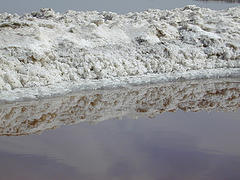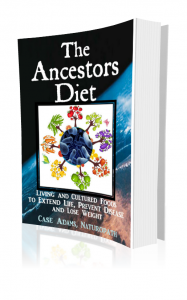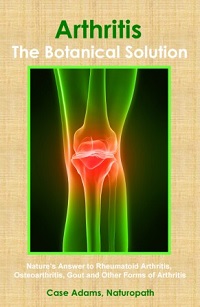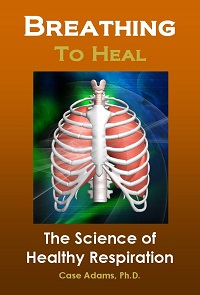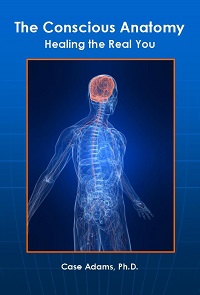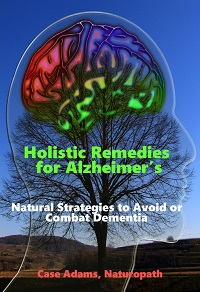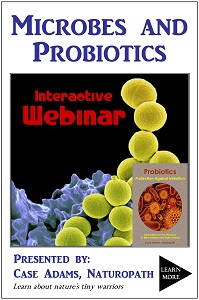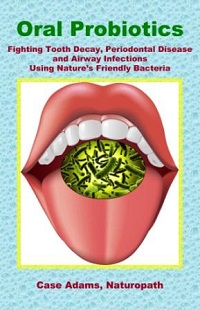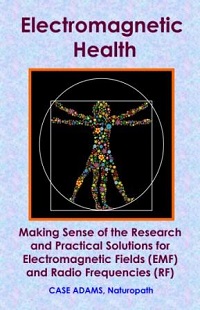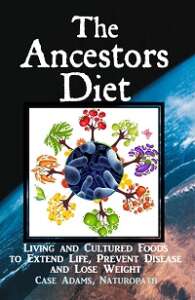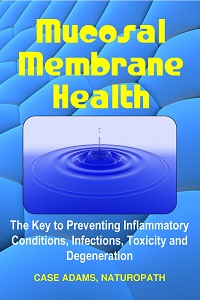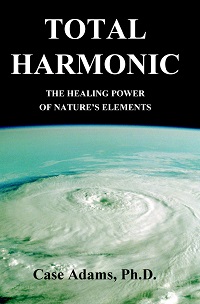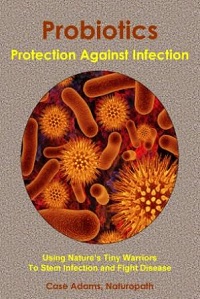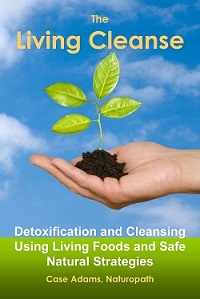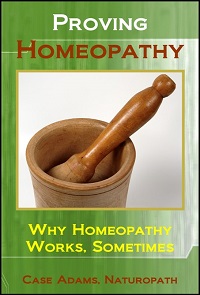How Much Salt or Sodium is Healthy?
For years, conventional medicine has been proposing that even a little too much salt in the diet can significantly increase the risk of heart disease. Turns out they were wrong. Yes, too much salt can increase heart disease risk – but it has to be nearly triple the amount previously warned about. Worse, too little salt in the diet can be just as bad or worse than too much.
Multiple studies have now proved that the sodium advice given to patients by doctors for decades regarding sodium has been wrong.
In this article
Hundreds of cities studied for sodium consumption
In a study by hundreds of international scientists, 156,424 people were tested from 628 cities and villages in Argentina, Bangladesh, Brazil, Canada, Chile, China, Colombia, India, Iran, Malaysia, Pakistan, Poland, South Africa, Sweden, Turkey, United Arab Emirates, and Zimbabwe.
The scientists measured urinary sodium and potassium levels among 101,945 of these people by sampling urine in the morning before breakfast. These samples were compared with their medical history.
The researchers focused upon any history of cardiovascular disease and death among the subjects. This found correlations between their sodium and potassium levels and their history of heart disease. They also followed the test subjects for an average of 3.7 years after the urine samples were taken. Cancer and other known predictors of heart disease and death were eliminated and accounted for.
The results indicated that consuming less than 3,000 milligrams of sodium per day was associated with a 27 percent increase in cardiovascular disease and death.
Consuming between 3,000 milligrams and 6,000 milligrams of sodium a day was associated with a lower risk of cardiovascular disease and death, while more than 6,000 milligrams per day was associated with a 15 percent increase in cardiovascular disease and mortality. Consuming more than 7,000 milligrams was associated with significant increased risk.
Current guidelines limit safe sodium consumption to 1,500 milligrams for those over 50, and less than 2,300 milligrams for those 50 or younger.
Yet this large study indicates that consuming between 3,000 and 6,000 milligrams of sodium per day decreases ones risk of heart conditions and death while consuming less than 3,000 and more than 6,000 increases risk.
This is confirmed by previous research
Research from University of California confirms that conventional medicine’s assumption of salt intake outside a certain range being a cause of hypertension and heart disease has been wrong.
The new research, a compilation of clinical studies that piggybacked onto a 2009 study done at UC-Davis, which accumulated numerous studies including 19,151 human subjects who were tested for their 24-hour urinary sodium excretion rates.
This study also accumulated an additional 129 studies, which included 50,060 human subjects, again being tested for their 24-hour sodium excretion rates. The research also gauged sodium intake together with excretion rates.
This study analyzed the sodium intake and hypertension, along with heart conditions in general.
This research determined that healthy sodium consumption ranges from 2,622 to 4,840 milligrams per day. The upper level of this range is nearly twice the range recommended by current medical guidelines – with safe levels being defined as 1,500 to 2,500 milligrams of sodium (salt) per day.
This study also took the air out of the assumption that hypertension risk is increased with higher intakes of sodium in the diet.
Rather, the research has determined that the body self-adjusts and regulates to ones sodium intake – assuming ranges as mentioned above – yielding healthy blood levels. This regulation takes place through the excretion of sodium outside of healthy levels.
Salt and heart disease more complicated
Researchers from Canada’s McMaster University have found that both too little salt and too much salt intake increases the risk of heart disease. The large study found, in fact, that the relationship between sodium and heart disease is more complicated than simply too much sodium increases heart disease – as has been communicated to many people.
The researchers analyzed two study groups that totaled 28,880 people between 2001 and 2008. They measured sodium and potassium intake using fasting urine samples.
They compared these results with the incidence of cardiovascular disease, heart attack, strokes and congestive heart failure among the population.
Using a follow-up period of 56 months, the research illustrated that the risk of heart disease did not increase until sodium levels – salt intake – increased to nearly 7 grams per day (7,000 milligrams). This is over three times higher than the American Heart Association’s recommended salt intake of 2.3 grams per day.
Even more surprisingly, low sodium levels – and low intake of salt – also increased the incidence of heart disease. Levels that related to consuming less than 3 grams per day (3,000 milligrams) were associated with higher incidence of heart disease amongst the study population.
Other Sodium Falsehoods Determined
The researchers also identified several other falsehoods regarding the assumptions between salt intake and heart disease/hypertension, as stated in the American Journal of Hypertension:
“No consistent data had appeared in the scientific literature specifically demonstrating that lower sodium intake was associated with a reduction in either all-cause or CVD mortality.”
They also stated that even though it was assumed that because many consumer products had reformulated with lower salt levels,
“There was no evidence that sodium intake was declining in the United States.”
This meant that the assumptions that hypertension rates were slowing because of changes in sodium assumption were wrong. The researchers went on to describe how studies that were supposed to have shown how reducing sodium intake reduces the risk of hypertension and heart disease actually did not result in sodium intakes at the targeted levels.
This is because the body maintains its internal sodium levels by increasing what the researchers call “sodium appetite.” When the body senses its sodium levels are too low, it will engage the person to seek foods with higher sodium levels in order to accomplish enough sodium.
Then, if too much sodium is consumed, the body will automatically adjust its internal sodium levels by excreting sodium in the urine. The mechanism the body uses is the renin-angiotensin-aldosterone system to balance sodium levels.
Decades of research proved this was true for animals. Western medicine thought humans were an exception to this principle.
In fact, recent studies, such as one from Albert Einstein School of Medicine last year (more than 360,000 human subjects), and another from Canada’s McMaster University (4,729 human subjects) – have determined that sodium levels less than 2,500 milligrams per day and 3,000 milligrams per day (respectively) actually increased the rate of cardiovascular disease.
And the upper levels of these studies – levels above which increased the rate of heart disease – were above 6,000 and 7,000 milligrams a day respectively.
The bottom line of this research is that the study of salt and cardiovascular disease has been wrought with assumption and miscalculation. This has actually resulted in endangering the lives of those who have taken the recommendations to cut salt out of the diet.
Low potassium levels also increase heart disease risk
Furthermore, the researchers found that low levels of potassium also increased the risk of heart disease. Consumption relating to more than 2,500 milligrams of potassium per day was associated with a significantly lower risk of heart disease. And more than 3,000 milligrams of potassium per day decreased the risk of heart disease even further.
This is not the first study that has found that heart disease has less to do with sodium levels as much as it has to do with potassium levels. And the balance between potassium and sodium. A 2009 study from Harvard Medical School found among 2,275 people that sodium levels alone had no significant effect on heart disease, but the sodium-to-potassium ratios had a significant association with heart disease.
The study found that higher ratios of sodium to potassium (higher sodium with lower potassium levels) had the greatest negative effect on blood pressure and heart disease.
This information confirms the need for balanced levels of not only sodium and potassium in the diet, but balanced levels of all the macro minerals and trace elements. Research keeps pointing to the fact that the body needs a balance of minerals, such as that supplied by nature.
Natural salt is good for you
Salt that is derived from nature’s elements, including the sea and salt mines, is not simply sodium chloride. Nature’s salt is a complex combination of over 60 different minerals and trace elements.
However, refined and “purified” salts found in most grocery stores have had most of these other minerals and trace elements stripped away. This leaves sodium chloride levels out of balance from nature’s source.
What about mineral balance?
The reality is, modern salt is not a healthy dietary agent. Modern vacuum-evaporated salt contains numerous chemical additives such as tricalcium phosphate, silica dioxide, sodium ferrocyanide, ferric ammonium citrate and/or sodium silico-aluminate.
Worse, modern salt (even many “sea salts”) have been “purified” through separation, resulting in the removal of nature’s balance of minerals that are important co-factors for sodium consumption. These include potassium, calcium, magnesium and many trace elements that are naturally present in salt extracted from mines or even sea water, and necessary in our diet.
The most dangerous thing about this modern salt is the imbalance that it can create among our other minerals: Consuming too much of one mineral and not enough of others creates imbalances throughout our tissues.
And this research illustrates that while the body may adjust for the over-consumption of sodium, the under-consumption of important minerals like sodium, potassium, magnesium and many others is more lethal to our heart, blood vessels and other tissues.
Fresh organic vegetables can also supply a natural balance of minerals and trace elements.
We shouldn’t overlook the importance of vitamins and minerals. After all, vitamins and minerals can treat ADHD along with many other disease conditions.
REFERENCES:
O’Donnell M, Mente A, Rangarajan S, McQueen MJ, Wang X, Liu L, Yan H, Lee SF, Mony P, Devanath A, Rosengren A, Lopez-Jaramillo P, Diaz R, Avezum A, Lanas F, Yusoff K, Iqbal R, Ilow R, Mohammadifard N, Gulec S, Yusufali AH, Kruger L, Yusuf R, Chifamba J, Kabali C, Dagenais G, Lear SA, Teo K, Yusuf S; PURE Investigators. Urinary sodium and potassium excretion, mortality, and cardiovascular events. N Engl J Med. 2014 Aug 14;371(7):612-23. doi: 10.1056/NEJMoa1311889.
McCarron DA, Kazaks AG, Geerling JC, Stern JS, Graudal NA. Normal range of human dietary sodium intake: a perspective based on 24-hour urinary sodium excretion worldwide. Am J Hypertens. 2013 Oct;26(10):1218-23. doi:10.1093/ajh/hpt139.
Alderman MH, Cohen HW. Dietary sodium intake and cardiovascular mortality: controversy resolved? Am J Hypertens. 2012 Jul;25(7):727-34. doi:10.1038/ajh.2012.52.
O’Donnell MJ, Yusuf S, Mente A, Gao P, Mann JF, Teo K, McQueen M, Sleight P, Sharma AM, Dans A, Probstfield J, Schmieder RE. Urinary sodium and potassium excretion and risk of cardiovascular events. JAMA. 2011 Nov 23;306(20):2229-38.
Cook NR, Obarzanek E, Cutler JA, Buring JE, Rexrode KM, Kumanyika SK, Appel LJ, Whelton PK; Trials of Hypertension Prevention Collaborative Research Group. Joint effects of sodium and potassium intake on cardiovascular disease: the Trials of Hypertension Prevention follow-up study. Arch Intern Med. 2009 Jan 12;169(1):32-40.
O’Donnell MJ, Yusuf S, Mente A, Gao P, Mann JF, Teo K, McQueen M, Sleight P, Sharma AM, Dans A, Probstfield J, Schmieder RE. Urinary sodium and potassium excretion and risk of cardiovascular events. JAMA. 2011 Nov 23;306(20):2229-38. doi: 10.1001/jama.2011.1729.

